When you think of your car’s safety features, don’t stop with brakes, traction control, and air bags. Wheels and tires play an important role, too! They help the car drive straight, turn corners, and stop reliably. To help achieve optimal performance, it’s important to have the wheels properly aligned.
The national average for a complete wheel alignment service is between $50 to $168. Although, cost can vary depending on the service provider and the type of alignment.
Wheel alignment should be performed once a year, but it may be required more frequently, depending on your driving style and where you drive. Potholes, gravel, and off-roading can all be hard on your alignment. If you have questions about how often your car’s wheels require alignment, or when your next service should take place, just contact your local Jiffy Lube
®. A trained technician will be ready to help.
This is the process of adjusting a car’s steering and suspension, making sure that the tires are connecting with the road surface at the proper angles.
Alignment also ensures that the car steers, rides, and handles as the manufacturer intended.
How much you pay for a wheel alignment can ride on the following factors:
The number of wheels
A front-end alignment (or two wheel alignment), which involves only the front two wheels, typically costs anywhere from $50 to $75. While a four wheel alignment costs more, usually $100 to $168.
Type of car
You may find that the answer to “how much is a wheel alignment” is higher for luxury cars. That’s because some vehicles require specialized equipment or have engineering designs that make the job more difficult and time consuming.
Additional services
While performing the alignment, the technician may find that more work — like tire balancing or car suspension repairs — is needed. Local labor costs and rates can also vary by city, state, provider, and technician.
Local labor costs and rates can also vary by city, state, provider, and technician.
Look at it this way: spending $100 or so on properly aligned tires may save you much more in costly repairs. That’s right: skipping this service could cause your tires, steering, and suspension to wear out prematurely. Improperly aligned tires can also result in reduced fuel economy, and who wants to pay more at the pump?
To determine if you need a wheel alignment, the technician will take your car for a test drive to check for signs of alignment problems, such as:
Using an alignment machine and performing a visual inspection, the technician will then analyze the steering angles at three checkpoints.
Caster
This is the angle created by drawing an imaginary line between the steering mechanism’s upper and lower ball joints and affects the car’s steering so that it stays at the proper height and has more stability at higher speeds.
Camber
This is the angle between the horizontal road and the vertical tire. It determines how much of the tire tread meets the road and can impact how the tires wear.
Toe
This is the angle (or distance) between the leading edge of the tires and affects the wear of the tires and stability when turning.
The technician then compares the recorded angles with the manufacturer’s recommendations.
With the help of the alignment machine, the technician adjusts the caster, camber, and toe as needed until they are within the vehicle manufacturer’s recommended ranges.
Lastly, the car is taken on a final test drive to verify that the new adjustments are accurate and have corrected any pre-repair conditions.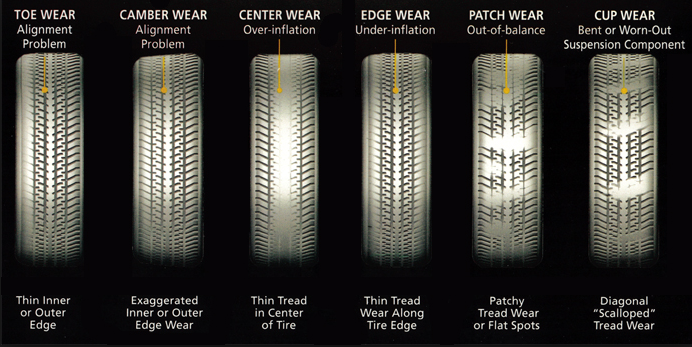
There are several benefits to properly aligned tires, here’s what you should know.
So now you know, having properly aligned tires can save you time, provide a smoother ride, and help keep you safer on the road.
Home
Chevrolet
Wheels - Alignment
Advertisement
Select Your Vehicle
Fair Repair Range
Alignment is the process of making sure all 4 wheels point in the same direction, which will cause the vehicle to drive straight and not drift. Performing this service regularly (yearly or after the vehicle starts drifting) will extend the life of your tires. Alignment is measured in degrees of camber (tire leaning inward or outward), caster (forward or backward slope of steering components in relation to the McPherson struts) and toe (the direction the tires are pointing). Toe-in means that the tires are pointing inward; toe-out means that the tires are pointing outward. Most vehicles are “averaged” for everyday driving.
Performing this service regularly (yearly or after the vehicle starts drifting) will extend the life of your tires. Alignment is measured in degrees of camber (tire leaning inward or outward), caster (forward or backward slope of steering components in relation to the McPherson struts) and toe (the direction the tires are pointing). Toe-in means that the tires are pointing inward; toe-out means that the tires are pointing outward. Most vehicles are “averaged” for everyday driving.
No Local Dealers Match Your Search.
Please choose a different make or a different ZIP.
Also known as a car or front-end alignment, a wheel alignment is a critical adjustment performed to ensure that your Acura tracks straight and true as you cruise down the road. Poor alignment can cause premature tire wear, suspension failure, unsafe operation, excessive steering wheel play, driver fatigue and more.
Proper car, truck or SUV operation is a balancing act that depends on a combination of power, acceleration, steering and braking. It requires proper alignment specifications and well-maintained suspension components. Tires, steering mechanisms, shock absorbers and springs must work properly with each other for continued reliable service.
Simply put, a vehicle that is out of alignment means that your wheels are pointing in different directions. This, in turn, causes accelerated and uneven tire wear as well as causing your vehicle to pull to the right or the left. The good news? This situation is easily correctible. Your local Chevrolet service department, tire retailer or local automotive service center is ready and able to straighten things out for you.
Precise wheel alignment does not last for the life of your car. Even a brand-new vehicle can have a chance encounter with a curb or pothole. These impacts can cause your vehicle to fall out of alignment instantaneously. In most cases, alignment can degrade gradually and almost imperceptibly over time as components start to show wear.
In most cases, alignment can degrade gradually and almost imperceptibly over time as components start to show wear.
In the past, as with body-on-frame vehicles and those having non-independent rear suspensions, front-end alignment was usually all you needed to have you on the straight and narrow again. With today’s unibody designs and multilink independent rear suspensions, four-wheel alignment is recommended to have all tires working together and tracking in the same direction.
Depending on the adjustments available on your vehicle, alignment is a procedure that involves adjusting the camber, the outward or inward tilt of the tires when view head-on; caster, a front or rear tilt when viewed from the side; and toe, which way your tires are pointed when viewed from above. Toe-in means they are pointed inward, toe-out means they are turning away from each other.
Tire alignment services require specialized equipment and trained technicians who have the proper tools to diagnose, repair, replace and properly align your vehicle. It’s not an easy fix like changing your motor oil and should be done by a dealership or repair shop.
It’s not an easy fix like changing your motor oil and should be done by a dealership or repair shop.
While they check alignment, consult with them on wheel balancing, as well. Vibrations can crop up from an out of balance tire, which in turn causes excessive tire wear. With so many components responsible for specific causes and subsequent affects, it’s a good idea to have all these exams and services performed at the same time.
Here’s how you can tell: Maybe your Chevrolet drifts left or right, especially when you apply the brakes. Or you notice you need a lot of steering effort while driving down the highway to keep you in your lane. Or you may feel a bit of shimmy and shake from the steering wheel. These are all clear signs that you may need an alignment.
A vehicle out of alignment can result in excessive tire wear. When the wheels aren’t lined up straight, there’s a constant scuff that works against normal tread wear. You’ll notice that the tire tread is disappearing prematurely and unevenly across the tire’s surface.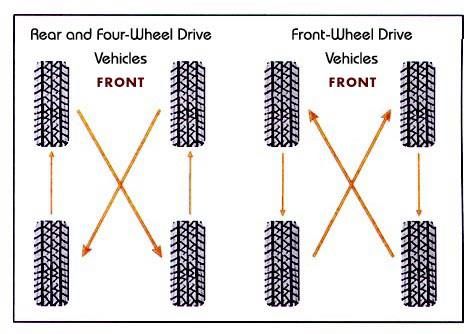 This also can cause a loss of traction, especially in wet conditions. Uneven tire wear, if ignored, can also contribute to premature tire failure or a blowout.
This also can cause a loss of traction, especially in wet conditions. Uneven tire wear, if ignored, can also contribute to premature tire failure or a blowout.
Imperfections in the road surfaces could be your vehicle’s worst enemy in keeping proper alignment. If you regularly drive on poorly maintained roads or one riddled with potholes or accidentally hit a curb or a parking bumper, you may knock your Chevrolet out of alignment.
But even before you take the car in, perform a check of your tire’s inflation. Having one tire measure substantially more or less than what the owner’s manual calls for could cause the same effect of drifting left or right or vibration in the steering.
Experts recommends an alignment check every six months or 6,000 miles, whichever comes first. Regardless, don’t let your vehicle go more than 10,000 miles without having someone check the alignment. It’s a good idea to have your tires checked for alignment bi-annually, or any time you have your tires rotated.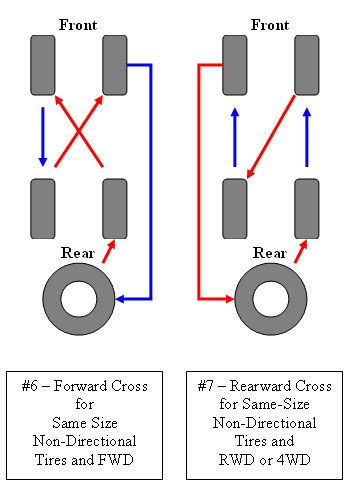
The other time you should absolutely have your tires aligned is when you replace them. Properly balanced and aligned when placed on your vehicle, this will ensure they wear evenly from the start. Placing new tires on an improperly aligned vehicle will end up costing you more in the long run, because your new tires will continue to wear in the same manner as the previous set.
Keeping your car in optimal condition is good for the environment and your wallet. Many drivers are good at getting scheduled oil changes, but others overlook something just as important, even when confronted with stark fact. Periodic wheel alignment is a simple process that is surprisingly affordable given the value it brings to the smooth running of a vehicle. Instead of having to replace worn tires repeatedly, alignment may be the best option.
Many drivers are good at getting scheduled oil changes, but others overlook something just as important, even when confronted with stark fact. Periodic wheel alignment is a simple process that is surprisingly affordable given the value it brings to the smooth running of a vehicle. Instead of having to replace worn tires repeatedly, alignment may be the best option.
Contents
Alignments come in one of two forms: two-wheeled and four-wheeled. Two-wheel or front-facing alignments typically cost $40 to $65, while four-wheel alignments cost $50 to $9.$5 as of 2009. The cost varies depending on the store doing the work and the equipment used. Levelings are primarily just jobs, so local market conditions dictate the price. Most repair shops run periodic promotions or have coupons to help keep prices reasonable.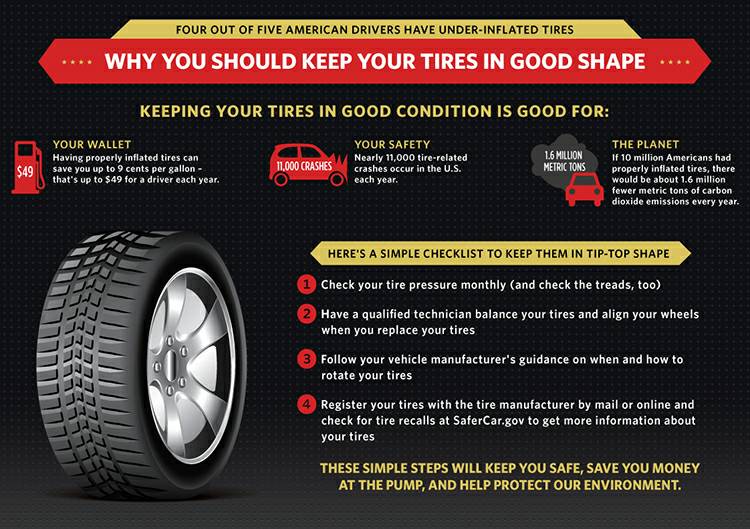 Vans and some 4WD vehicles sometimes come with additional costs, so be sure to check the price before you finish the job.
Vans and some 4WD vehicles sometimes come with additional costs, so be sure to check the price before you finish the job.
When a vehicle's tires are out of alignment, the tires wear more and more unevenly, handling suffers, and fuel consumption decreases. Tires are often out of alignment due to alignment after accidentally hitting curbs, parking blocks, road debris, and potholes. Once the tire is out of alignment, its orientation to the vehicle's centerline deviates from the center. This may not always be visible to the eye, but the impact on driving will be inevitable.
While not always visible, indicators may indicate that alignment is needed. Excessive tire wear is the main visible evidence of a need, but can also be detected if the vehicle pulls left or right, has a pronounced vibration or shaking, or if the steering wheel is not centered when driving straight ahead. Most manufacturers offer 10,000 mile alignment.
The cost of alignment often includes spinning the tire to promote even tire wear. It can be tempting to only have two wheel alignment, but if the car is heavily out of alignment, the rear tires can degrade faster. Some establishments provide a tire service warranty, and some also give lifetime alignments and rotations when buying new tires.
Wheel alignment is essential to the life and good health of any vehicle. Spending time and money maintaining proper wheel alignment will now save hundreds of dollars, improving fuel economy and reducing the number of new tires needed over the life of a vehicle.
90,000 for what you can correct (and you can’t) - the magazine behind the wheel ofLADA
UAZ
KIA
Hyundai
Renault
Toyota
Volkswagen
Skoda
Nissan
Nisan
Nissan
Nissan
Mercedes-BenzMitsubishi
Mazda
Ford
All brands
Most often, we ourselves are to blame for the fact that tires become unusable. But this can be avoided.
But this can be avoided.
Related materials
You have never seen such tires: even the police were surprised
In the process of using a tire, a variety of damages can occur, most of which are the fault of the driver. As a result, rubber is wasted, and since the law prohibits the use of different tire models on the same axle, you have to spend money on replacing the second tire.
The most common damage is puncture . This is the most harmless type of damage, but only if you notice it in time and repair it right away. It is absolutely impossible to drive on a flat tire, even a couple of meters! The damage caused by running on a flat tire or with low pressure is catastrophic. This causes the sidewalls to deform more than they should, which causes the tire to overheat, delaminate, and the carcass becomes unusable due to broken cords. As a result, the tire will have to be thrown away. In addition, the edge of the rim can also be damaged.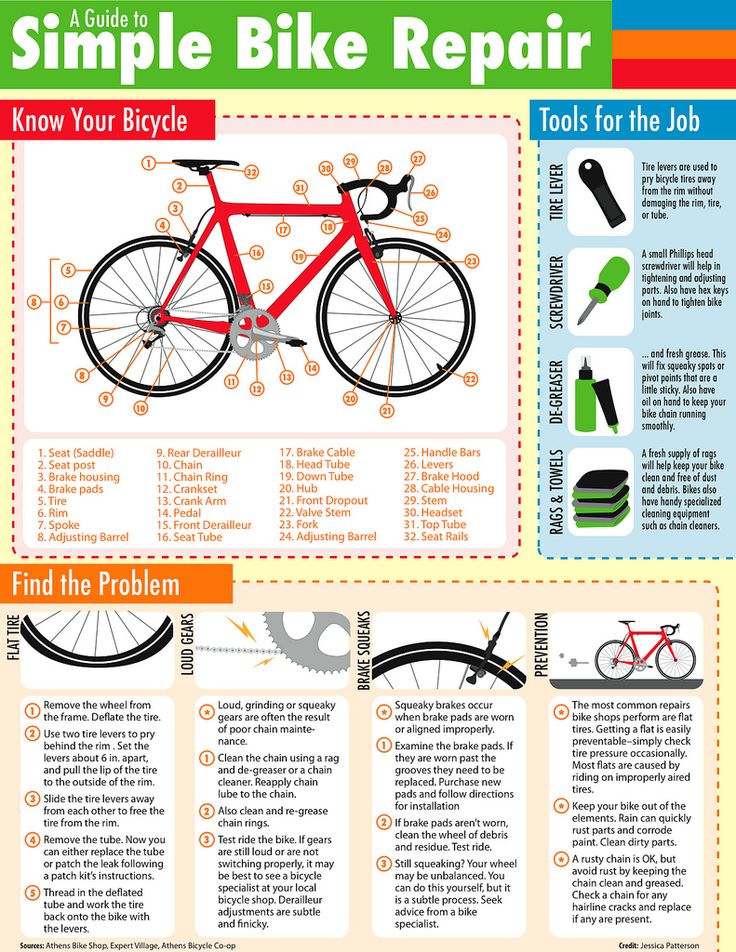
Punctures are of two types: with and without cord damage. To determine this, it is necessary to remove what pierced it. If the edges of the puncture tightly converge, then the cord is not damaged and it will be possible to repair the tire without removing it from the disk. Otherwise, if the edges do not converge, you will have to disassemble the wheel and make repairs with strengthening the frame from the inside. Alternatively, in the field and in the absence of a spare wheel, such a puncture can be repaired without removing the tire from the rim, after which you can carefully drive to a tire fitting or garage and make a full repair.
Related materials
Is it possible to pump up a wheel without a compressor - the experiment "Behind the wheel"
When repairing, the puncture site should be cleaned and marked. Further, it all depends on what kind of repair kit you have - as a rule, instructions are attached to them. There are sealants that are poured into the tire through the nipple, after which the wheel turns with the puncture down and the substance seals the hole.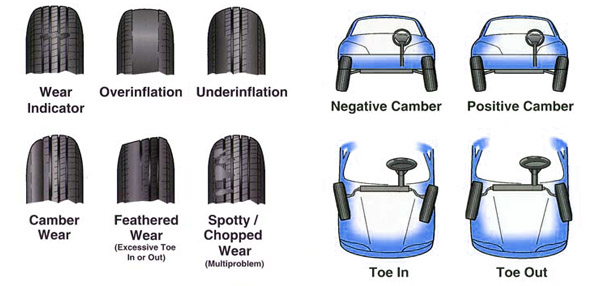 Repair using a tourniquet or insert is somewhat more complicated, but also more durable: the edges of the hole are polished with a special tool, after which the tourniquet treated with a special compound must be inserted into the tire through a puncture with a special awl, pulled out (not completely) out and cut flush with the surface.
Repair using a tourniquet or insert is somewhat more complicated, but also more durable: the edges of the hole are polished with a special tool, after which the tourniquet treated with a special compound must be inserted into the tire through a puncture with a special awl, pulled out (not completely) out and cut flush with the surface.
In case of damage to the cord due to a puncture, the tire must be removed from the rim in order to install a reinforced patch with an additional cord on its inner surface. One of the sides of such patches has an adhesive layer that promotes cold vulcanization. After such a repair, wheel balancing will be required. To seal punctures from the inside, patches in the form of a mushroom are also used, with a leg that goes into the puncture. Such patches are also covered with a special adhesive for cold vulcanization.
Cuts or holes , unlike punctures, are not repairable, as they violate the integrity of the frame, which can no longer be strengthened. In addition, breakdowns are always sudden and occur on the go: the tire abruptly loses pressure and before the car comes to a complete stop it has time to make several revolutions “on the rims”, which breaks the cord and destroys the layers. It is not recommended to use such a weakened tire, even if it was possible to repair and strengthen the place of the rupture or cut, in the future.
In addition, breakdowns are always sudden and occur on the go: the tire abruptly loses pressure and before the car comes to a complete stop it has time to make several revolutions “on the rims”, which breaks the cord and destroys the layers. It is not recommended to use such a weakened tire, even if it was possible to repair and strengthen the place of the rupture or cut, in the future.
Related materials
8 tire storage rules - do you follow them all?
Tires may develop cracks due to improper storage . The danger of such damage is that moisture enters the cord through cracks, which renders the frame unusable. In addition, air can escape through cracks. Unfortunately, cracks are not repairable, and tires with them will not last long: sooner or later they will deform, become covered with swellings due to rusted and torn cord or because of driving with pressure below the recommended one.
Blisters or bulges can appear on a tire for a variety of reasons - it always happens due to a broken cord or delamination in the carcass.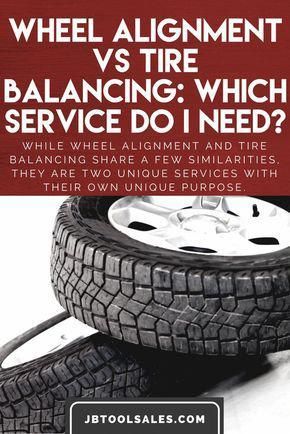 In the first case, an obstacle was hit and the impact broke the cord or the cord was cut through with a sharp object. In the second case, there is no damage on or near the hernia, which means that it appeared either due to a factory defect, or due to frequent driving with pressure below the recommended one. The danger of hernias is that they can explode at any moment and provoke a skid, which will lead to an accident. If there is nothing to replace a tire with a hernia, then it is better to rearrange it to the rear axle and drive very carefully. Like cracks, a hernia cannot be repaired. Sometimes small blisters resulting from impacts or cuts are reinforced with reinforced patches, but there is no guarantee that the tire will not explode. Therefore, tires with hernias are recommended to be replaced immediately.
In the first case, an obstacle was hit and the impact broke the cord or the cord was cut through with a sharp object. In the second case, there is no damage on or near the hernia, which means that it appeared either due to a factory defect, or due to frequent driving with pressure below the recommended one. The danger of hernias is that they can explode at any moment and provoke a skid, which will lead to an accident. If there is nothing to replace a tire with a hernia, then it is better to rearrange it to the rear axle and drive very carefully. Like cracks, a hernia cannot be repaired. Sometimes small blisters resulting from impacts or cuts are reinforced with reinforced patches, but there is no guarantee that the tire will not explode. Therefore, tires with hernias are recommended to be replaced immediately.
Related materials
Tire blackening - 6 ways to polish. Inexpensive!
Tire sidewalls can be damaged by rubbing against curbstones or the asphalt edge when pulling over.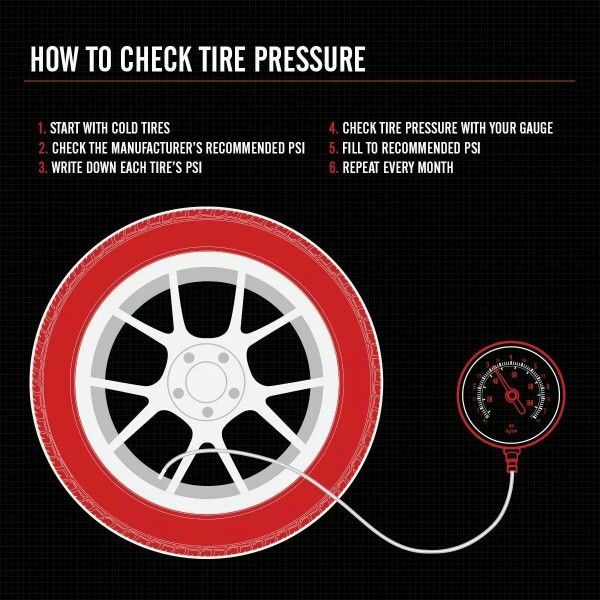 If you are prone to such a driving style, then it is recommended to inspect the inner and outer sidewalls from time to time and, if abrasion is found, swap the wheels in order to prevent the cord from being exposed - the rubber thickness on the sidewalls is small (1.5–3 mm), and it can be rubbed to the frame very quickly.
If you are prone to such a driving style, then it is recommended to inspect the inner and outer sidewalls from time to time and, if abrasion is found, swap the wheels in order to prevent the cord from being exposed - the rubber thickness on the sidewalls is small (1.5–3 mm), and it can be rubbed to the frame very quickly.
Often the cause of tire damage can be poor-quality tire fitting , during which the bead ring was damaged. In this case, the tire loses its geometry and “sits” crookedly on the disk - it writes out “eights” during rotation, and lateral vibration appears during the ride. It is impossible to repair such a tire - you need to replace it with a serviceable one as soon as possible before it damages the suspension: rods, hubs and bearings.
You can find out whether you are using tires correctly and what invisible damage they have received by the characteristic wear of the tread, the varieties of which are collected in the table for convenience:
Double side shoulder wear
Driving with lower than recommended tire pressure.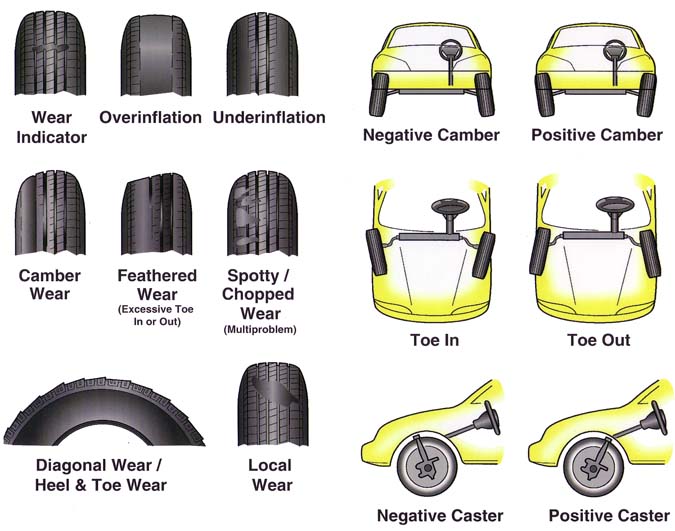
Inflate the tires to the pressure recommended by the automaker (a plate with recommendations is attached in the driver's door opening) and find the cause of the fall: puncture, cracks, hernia, nipple, rust on the disc rim in the place where the tire fits, etc.
Center wear
Tire pressure too high.
Reduce the pressure to the recommended (indicated on the tablet in the driver's doorway)
In the form of rings and furrows
can be found on trailers or rear wheels of pickups and vibrations due bouncing at high speeds.
Changing wheels on a loaded axle to equalize wear, driving with a heavier load.
Chipped wear with cuts
Move the wheels to a non-driving axle, use the gas pedal more carefully when starting to move.
